#ancient kemet
Text

A kooky fly-shaped clay vessel (15th Dynasty)
With its realistic representation of a fly, it includes large eyes, wings, and legs that resemble hands
#art#lol#weird#archaeology#ancient#ancient art#egyptian art#egypt#egyptology#ancient egypt#clay#clay art#kemetic#ancient kemet#kemet
8K notes
·
View notes
Text
Fun fact: Unlike most other ancient pantheons, the Nordic Gods have exactly zero instances of direct familial incest

#nonask#denmark#admiralen#fact#nordic gods#norse gods#norse is an antiquated term that should not be used#but the rest of the world hasnt really discovered that so im putting it in the tags#anyway#shoutout to the following:#ancient greek gods#lookin at you zeus#ancient egyptian gods#ancient kemet#most of the old roman gods also#sumerian gods#babylonian gods#all of the mesopotamian deities basically#also i believe ancient chinese gods#and ancient japanese gods most definitely#i mean most of them didnt have much choice true#but some of them DID have options#they just chose not to make use of them#so good work nordic gods for keeping up that genetic diversity
199 notes
·
View notes
Text
Prayer to Ma’at

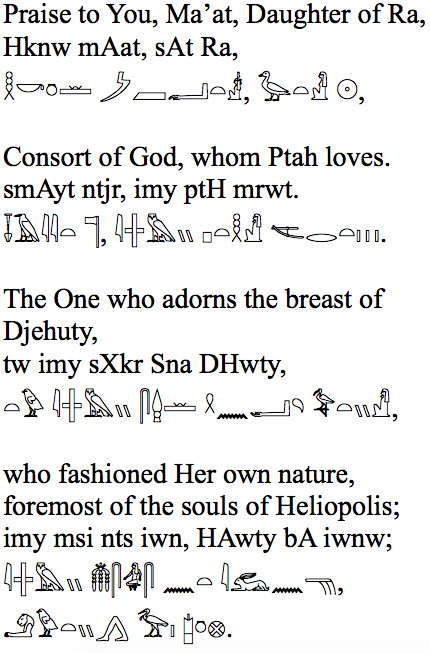


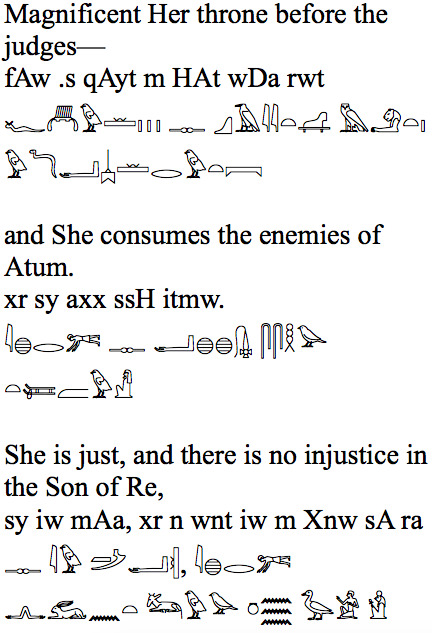
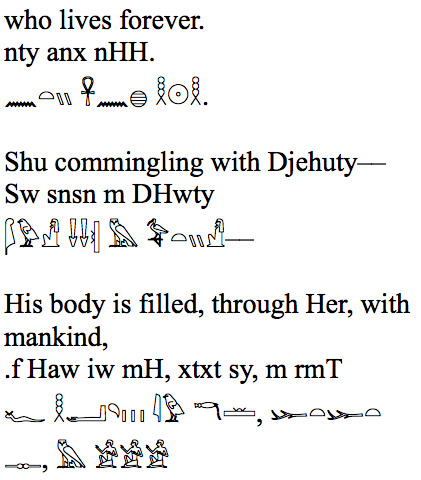
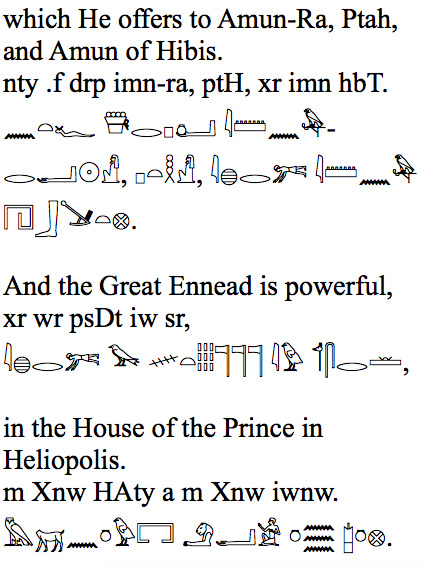
Notes: This is an example of the translation services I am offering! It’s quite a long bit of text but I thought it was worth sharing. There is immense trouble with trying to get Tumblr to type out hieroglyphs––at least there is on my computer––so screenshots of my translations will have to do. You are free to use this in any way (respectfully, of course) but please credit me if you do.
#ancient egypt#egyptian mythology#egyptian hieroglyphs#egyptian gods#hieroglyphs#ma'at#maat#kemeticism#ancient kemet
340 notes
·
View notes
Text
Hymn to Sekhmet
by Joey Rivers (ascendingaeons)

O Sekhmet, Great Eye of Ra, the First and the Last
Healer and Destroyer, Mother and Daughter
You Who accepted the Command of Ra, Your Father
To cleanse the Two Lands of Isfet
But Your nature was too mighty, Great of Strength as You Are
Wanton and unrestrained, You ravaged Earth as a purifying flame
And as Ra looked on and saw His Eye, He was stricken with pause
By the Will of the Sun, Your Rage was quieted by a crimson brew
And into transformative slumber You fell, Great Goddess
And from Your great Rage, Het-Heru rose
A new Eye was christened, of eros sublime
And you, Great Mother, knew the sadness of regret
You, Great Goddess, know the measure of rage unbound
And so You Stand, Great Mother of War, in defense and duty
Of the Principles and Consequences of Ma’at
Your Children are many, Great Lady of Life
Diverse in their multitudes, empowered by their tribulation
Yours is the soldier, Your Mighty Sekhem made flesh and bone
Entrenched in a maelstrom of fire and blood
Returning home to a nation that does not understand him
Yours is the survivor, a living branch of Your burning Will triumphant
Endeavoring to rise above the quagmire of loss and agony
Through You their struggle is transmuted into the golden light of ka ascendant
Yours is the mother, she who knows sacrifice and sleepless nights
A font unyielding of love and pride, of smiles and laughter perfected
They who bear the weight of the world so a child can know childhood
Yours is the healer, an alchemist of the ontological persuasion
He who is humbled by the frailty beholden to human experience
He who ushers Your Sekhem through the riptide of transformative loss
Yours is the artist, through whose passions course Your Divine Fire
Who walks the scales of inspiration and madness, knowing Creation unfiltered
An alchemist versed in the milieus of perception
For You, Great Goddess, are the very Force of Change
You are that which makes men tremble so
Such an unnecessary fear, of wisdom and experience untouched
Were I You, I would feel such sadness
But how You smile, Great One! How You laugh! How You fight!
You are not “she who cowers before Apep!” NO!
You are the Great Lioness Who rends Chaos asunder!
You fight and rage and bite and tear
Passion and emotion alive and unrestrained!
You are Love, Great Goddess
You are Fear, Great Goddess
You are Devotion, Great Goddess
You are Loss, Great Goddess
You are Health, Great Goddess
You are Sickness, Great Goddess
This is why I call You the Mother of Life
Your Ka is the very essence of experience!
Your Sekhem is the very wind of change!
When I first called upon You, timid and unsure,
I beheld Your Gaze, a window of fire open before my face
And as quickly as You Saw me, You left
And again when I called to You with offering of water and bread
Exhausted by grief and devotion, tirelessly sung from a caregiver’s heart
You came to me and my eyes were opened to You!
As I lay without sleep, You stood at my bedside
Stroking my back with strong hands of fire
Whispering strength and courage into my ear
As a sentinel You walked with me, a Mother Lioness guarding Her cub
Such loyalty and tenderness You showed
And my eyes were forever opened to Your nature
You are the very Force of Creation, the Monad of Being
From which stems those primordial principalities
Love and Fear, Physis and Logos, Known and Unknown
Order and Disorder, Life and Death, Dynamism and Stasis
I offer henu to You, Great Goddess of Creation
The endless potentiality and movement of the living cosmos
The Fires Divine that Become living sinews and living earth
I offer henu to Your Husband Ptah, the Cosmic Smith
Patron of artisans, of those who tirelessly toil
In the pursuit of Bringing Into Being but a shard of the Sacred Unmanifest
I offer henu to Your Son, the Beautiful Nefertem
The Ageless Lotus that rose from the Benben Stone
The First Splendid Light to Shine in the churning Waters of Nun
It was You Who held my right hand as I accepted the mark of a healer
And embraced me as a Mother would Her graduating son
I offer You my pain, Great Goddess
So that You may transmute it into Strength
I offer You my fear, Great Goddess
So that You may transmute it into Courage
I offer You my uncertainty, Great Goddess
So that You may transmute it into Wisdom
Into Your Belly I give of myself to unleash my greatest potential
To burst from Your Bosom, shining and emboldened
For there is nothing that is beyond Your Reach, Great Mother
It is for me, now, to See that nothing is beyond my own
Dua Sekhmet!
Dua Sekhmet!
Dua Sekhmet!
#sekhmet#ptah#nefertem#apep#kemetic#kemetism#kemeticism#netjeru#egyptian gods#spiritual alchemy#deity work#deity worship#polytheist#egyptian polytheism#goddess#goddess worship#sa sekhem sahu#kemet#ancient kemet#kemetic polytheism#pagan#pagan prayer
77 notes
·
View notes
Text
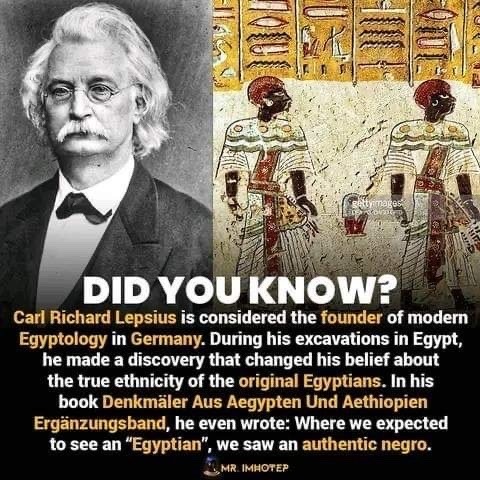

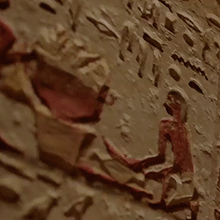
#african#afrakan#kemetic dreams#africans#brownskin#brown skin#afrakans#african culture#afrakan spirituality#both africa#ta meri#kemet#ancient kemet#best memes#Carl Richard lepsius#egyptology#Germany#deutschland
73 notes
·
View notes
Text
Dua Heru-sa-Aset 🙏
Praise Horus, Son of Aset






Praise Horus in the Horizon
Praise the Divine Falcon
Praise He Whose form and Whose appearance are not perceived
#heru#horus#son of isis#harpocrates#ancient kemet#kemet#egypt#Egyptian#ancient egypt#em hotep#dua#aset#son of aset#deity worship#osiris#son of osiris#eye of horus#netjer#netjeru#dua netjer#kemeticism#kemetic paganism#kemetism#kemetic#kemetic polytheism
89 notes
·
View notes
Text
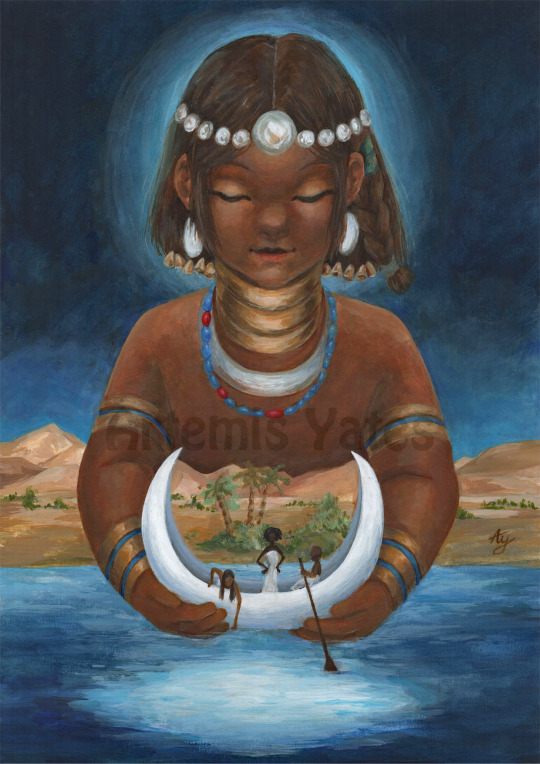
Khonsu, the moon and protector of travellers at night.
Painted with acrylics.
#khonsu#khonshu#ancient egypt#ancient egyptian#egyptian gods#egyptian mythology#ancient kemet#kemet#traditional painting#traditional art#mythology#mythology art#moon aesthetic#painting#art#artwork#my art
101 notes
·
View notes
Text
🥀 Queen Mother of Vampires:
Akasha of Egypt
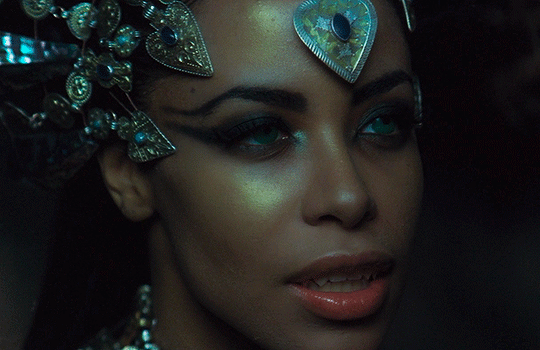
“I’d thought I knew what beauty was in women; but she’d surpassed all the language I had for it.”
-Lestat


The goddess, Aaliyah Haughton as the Kemetic (presently known as Egyptian) Queen, “Akasha” in the film “Queen of the Damned.” (2002)


#the art of seduction#scorpio mars#dark feminine energy#divine feminine#witchcraft#vampire#dark academia#sirencore#lilith#pluto#mythology#thoth#egypt#ancient egypt#isis goddess#sekhmet#nefertiti#cleopatra#feminine#femme fatale#femininity#goddess#beauty astrology#queen of the damned#natal chart#astrology#vampire diaries#ancient kemet#venus#girl blogger
43 notes
·
View notes
Text
One thing I absolutely adore is our creation story. In the beginning, there were only the primordial waters. There existed nothing, but in that nothingness, a potential for everything. And from that nothingness, Ptah became. He rose into existence and brought forth other Netjeru, eventually leading to humanity and our world as we know it.
One of the most popular and well accepted theories about how the universe came to be begins with a nothingness, and then from that nothingness, life came forth after the biggest event in all of space and time to ever exist.
I find this story so beautiful because it was one of the things that first drew me to Kemetism. I grew up hearing of a God that had no beginning and no end, one who the universe had never existed without. Which is fine, and I support anyone who believes that, but personally, I struggled with it. I thought about what the most scientifically accepted theories were, and I had a hard time combining the two.
In Kemetism, I find so many similarities between our creation story, and science. Our ideas of nothingness, and then that life was created after a huge, inconceivable event, are similar. Obviously they are not exactly the same, but I find so much reassurance in it.
I am not saying Kemetism can be proven through our current scientific knowledge. I have no one thing I would point to for an outsider looking in, that would make me say, "This. This is absolute proof." Because I don't believe we have any. But I do find so much comfort seeing the ways my spirituality and scientific knowledge can coexist.
140 notes
·
View notes
Text
Clothing Rituals
This type of ritual was performed daily, monthly, for special occasions, or it was done annually for the New Year in Ancient Egypt- this largely depended on the temple and the time period. They have been attested dating back to the Old Kingdom and lasted until Ptolemaic times. From the Abusir papyrus that was found in royal funerary temples- specifically from pharaohs Neferirkare and Raneferef, we can see that these rituals were done monthly; however, the deity of the temple was the deceased king. In later times, this ritual was performed daily for the main gods in the temple. What we do know from this type of ritual is best explained in pBerlin 3014, pBerlin 3053 and pBerlin 3055 (which is dated to the 22nd dynasty), along with the temple of Seti I in Abydos and Ptolemaic temples.
In the morning, the ba was reawoken for the god by unveiling them from the night before. You would say your admiration of the god with a prayer or hymn before washing off the mD.t unguent and undressing it from the mnH.t cloth. The mD.t unguent and the mnH.t cloth is speculated to help with regeneration and renewal. The mnH.t cloth was commonly “depicted as one or two stripes of cloth folded in half and often referred to as four-coloured cloths- white, green, red and blue (or dark-red). Each of these colours had its own symbolic meaning connected with protection, health, fertility, regeneration and renewal” (The Clothing Rite, 66). Next, the statue was then purified with natron and incense (perhaps myrrh, frankincense, or palmonia resin) before it was redressed in clean mnH.t cloth. The mD.t unguent was reapplied to the statue, along with green and black paints. Next, formal clothing was adorned to the statue, along with jewelry and pectorals before, lastly, the final purification and fumigation took place.
How can you implement this into your practice?
Based off of the steps known from ancient practices in temples of Egypt, it is possible to do a daily rite with this, if you choose, or on days when you want to go to your own shrine.
First, find a place for your statues so they won’t get damaged. Find a good piece of cloth, preferably linen to conceal the statues when they’re not at the forefront of your practice. When they’re not in the forefront of your practice veil the statue.
Unveil the deity’s statue.
Next, invoke the deity along with saying or singing a prayer/hymn.
Third, use natron to help purify and light some incense. You could use something universal like myrrh and frankincense or your could use UPG and choose the one you think they would like best.
Fourth, dress the deity in some new cloth and annoint the statue. I cannot find anything about mD.t ungunet at this time but you could use something that you’ve dedicated to just them- whether you make your own oil or purchase it.
Fifth, add on the regelia and jewelry. While this step isn’t always possible for everybody, I will add it. You could get Barbie jewelry to add or you could make your own to size. You could repaint on the makeup if you choose, as well.
Lastly, the final purification and fumigation. Relight your incense. This one should be more specific to cleansing.
Sources:
Coppens, Filip. Vymazalová, Hana. “Linen for the God: The Interpretation of Old Kingdom Clothing Rites in the Light of First Millennium BC Rituals (and vice versa).” 2016. https://academia.edu/resource/work/37212908
Coppens, Filip. Vymazalová, Hana. “The Clothing Rite in the Royal Temples of Abusir.” 2009. https://www.researchgate.net/publication/291332482_The_clothing_rite_in_the_temples_of_Abusir
Sharpe, Samual. “The Rosetta Stone in Hieroglyphics and Greek Translations. 1807. https://www.ganino.com/anteanus/scripturam_aegyptium_rosetta_stone
#clothing rituals#ancient egypt#rituals#kemetic rituals#kemetic paganism#kemetic#kemetism#pagan#paganism#ancient kemet#Netjeru#ancient practices#modern day practices
51 notes
·
View notes
Text
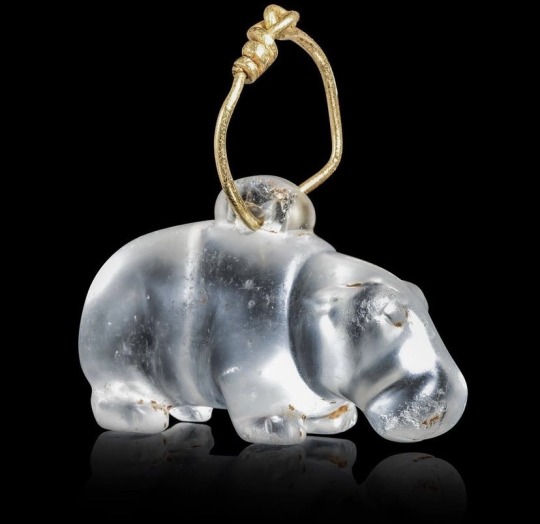
An Egyptian rock crystal of a chonky hinpopotamus amulet
(Middle Kingdom, ca. 2050-1650 BCE)
Amulets were worn by ancient Egyptians for their protective and regenative properties. Used in both in daily life and during funerary rites, amulets represented animals, deities, symbols or objects thought to possess the magical powers of warding off evil spirits.
As animals were popular representations, the hippopotamus was known for its apotropaic (e.g. ability to avert bad luck) qualities and was associated with rebirth.
#art#archaeology#sculpture#ancient#ancient art#ancient egypt#amulet#hippopotamus#apotropaic#egyptian art#egyptology#kemetic#ancient kemet#rock crystal#geology#ancient jewelry#jewelry
3K notes
·
View notes
Text
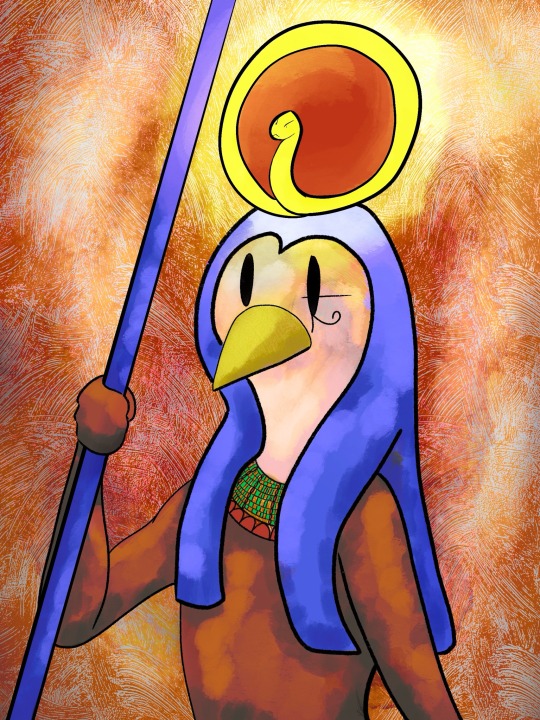
Sun God Ra
#artists on tumblr#my artwork#artwork#illustration#art#digital art#my art#ink art#illustrator#kemetic pantheon#kemetic paganism#kemetic#kemeticism#ancient kemet#Ra kemetic#kemetic deity#Amun-Ra#anicent Egypt
43 notes
·
View notes
Text

Proof that "Remember the Time" is still the most accurate movie set in Ancient Egypt made in the past 30 years.
#Yes that statue on the bottom left is real#I took that picture at the Chicago Field Museum#Also have you seen that video? the visuals are really on point#The most inaccurate bit of costuming is MJ's gold wing thing#Michael Jackson#Ancient Egypt#KMT#Kemet#Ancient Kemet
93 notes
·
View notes
Text

Dear Hoteps,
When y’all taught us the original name of Africa was Alkebulan. You conveniently left out the fact that Alkebulan means the Garden of Eden.
I wonder why? 🥱🤔
#stopping running from this#hebrew#shit and come home#😂😂😂😂#Africa#Egypt#ancient egypt#kemet#ancient kemet#hotep#favorites#alkebulan#black history#black history month
24 notes
·
View notes
Text

Almaqah or Almuqh was the Moon god of the ancient Yemeni kingdom of Saba'. He was also worshipped in Dʿmt and Aksum in Ethiopia and Eritrea.

Almaqah is considered a moon god, but Garbini and Pirenne have shown that the bull's head and the vine motif associated with him may have solar and dionysiac attributes. He was therefore a priest of Ra, the male counterpart of the sun goddess Shamash / Ishtar / Isis, who was also venerated in Saba, but as a tutelary goddess of the royal Egyptian dynasty


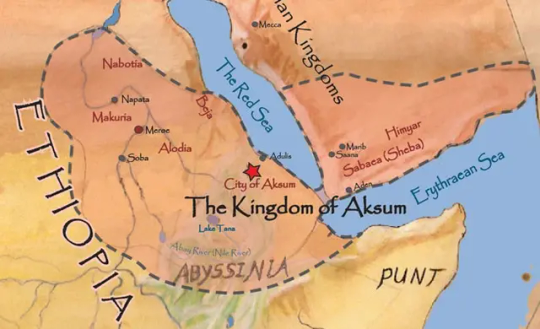
The ruling dynasty of Saba' regarded themselves as his seed.Almaqah is represented on monuments by a cluster of lightning bolts surrounding a curved, sickle-like weapon. Bulls were sacred to him.

Ethiopia is dedicated to the lunar God Almaqah, and contains an altar which represents a miniature model of the Great Temple in Yeha.
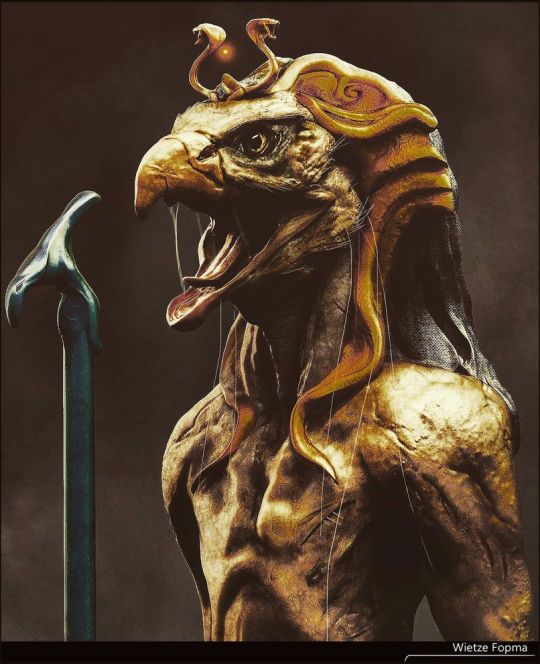
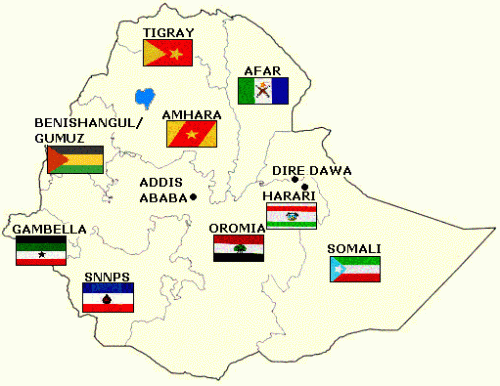
#african#afrakan#kemetic dreams#africans#brownskin#brown skin#afrakans#african culture#afrakan spirituality#almaqah#aksum#moon#moon diety#Amun ra#ra#egyptian#ancient kemet#kemeticism#kemet#kemetic paganism#kemetism#kemetic#sons of kemet#thoth#egyptology#ancient egypt#tigray#amhara#ethiopian#d'mt
129 notes
·
View notes
Text
Dua Yinepu, Khenty-Amentiu 🙏
Praise Anubis, Foremost of the Westerners
⚰️⚱️
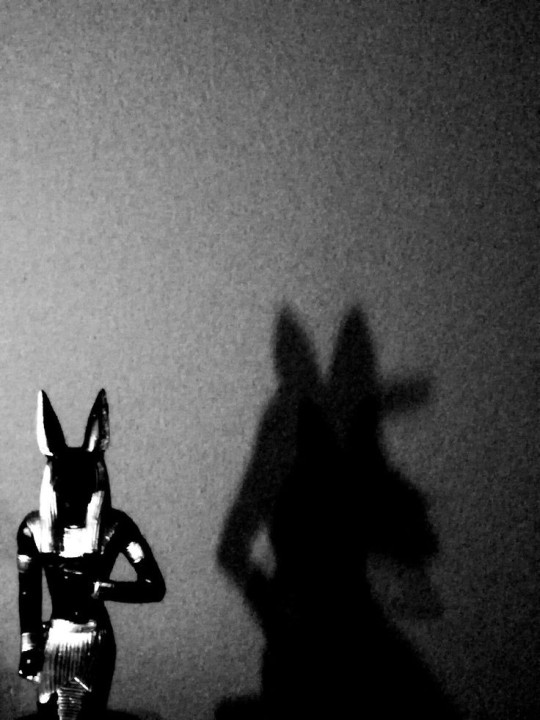
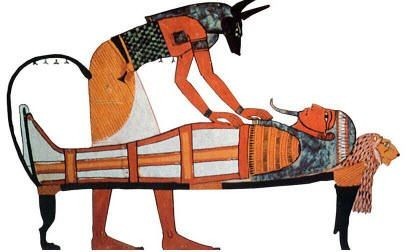




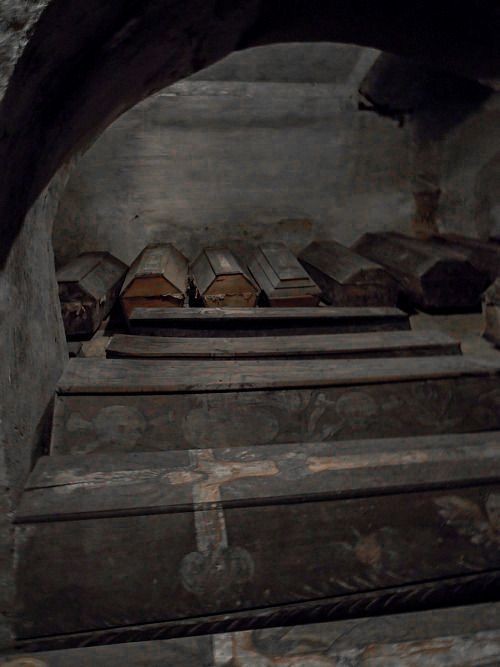
Praise He Who Is upon His Mountain
Praise The Lord of the Sacred
Praise He Who Is in the Place of Embalming
#yinepu#anpu#egypt#ennead#ancient egypt#egyptian mythology#kemet#ancient kemet#funerary#anubis#egyptian#dua#em hotep#netjeru#netjer#maat#dua netjer#deity worship#kemetic#kemeticism#kemetism#kemetic paganism#kemetic polytheism
76 notes
·
View notes